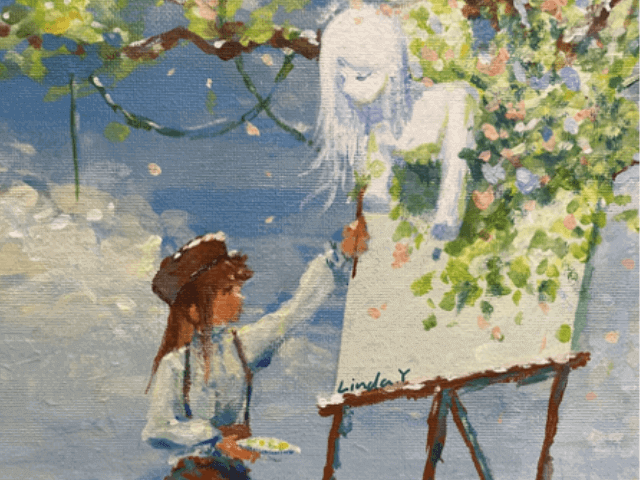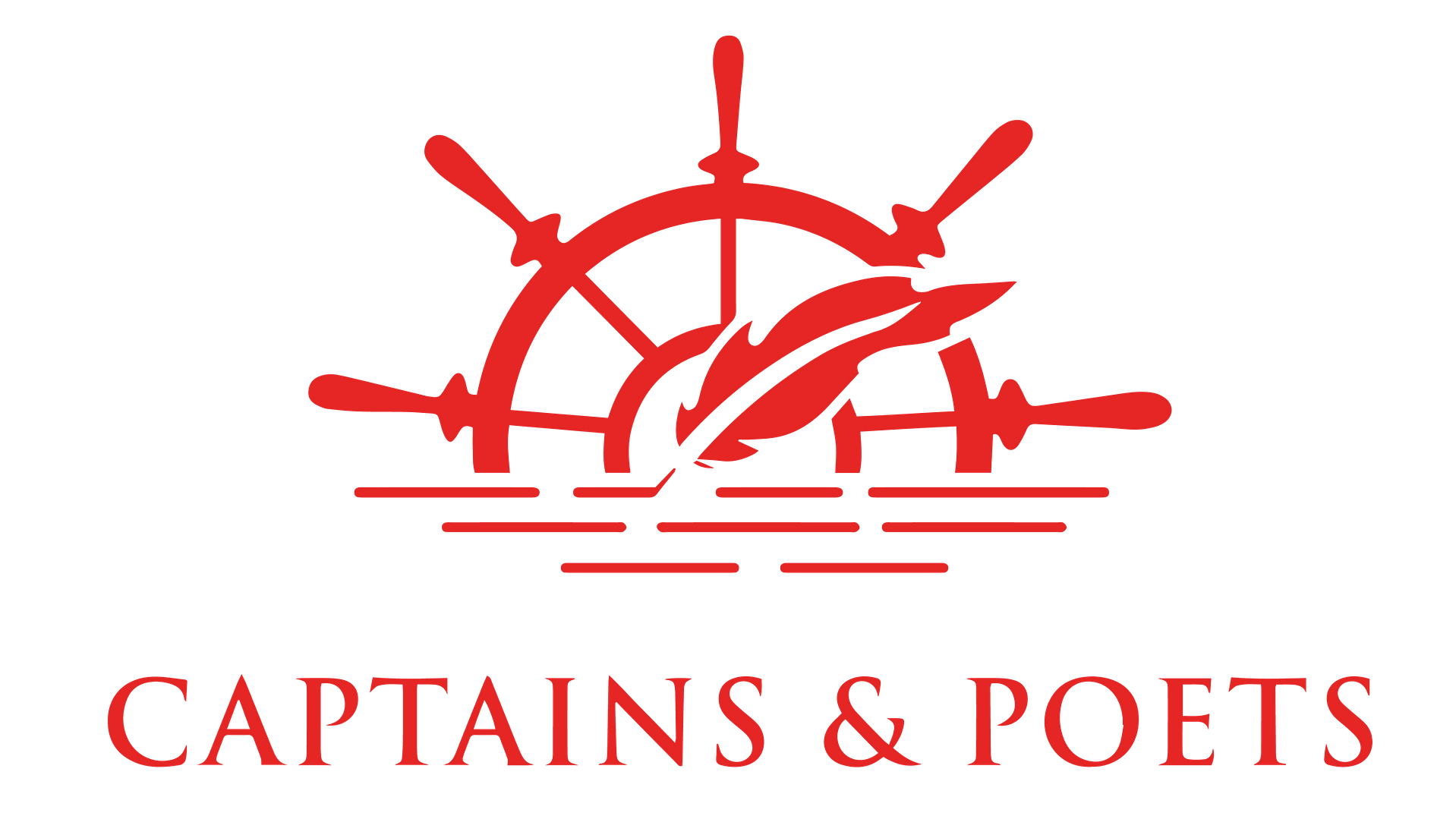
by BRIGHT LIGHT Sam Welbourn
Finding Your “Why” in the Messy Spaces
I love change when it is meaningful. Maybe our role as teachers is to make it so.
When I reflect on the future relevance of schools in the age of AI, when we don’t yet know the capabilities and impact it will have, schools’ relevance has to be about relationships and about individuals feeling heard and valued. We have always said that this is the core purpose of education, but now more than ever we need to focus on this. The reality is that this generation has lapped us in some ways; they can look up the information they need and even teach themselves. And so today, letting go of our egos and the need to have all the answers is part of the journey of a teacher.
The era of teachers being experts and passers of knowledge is being eclipsed by sharing life experience, wisdom, and in helping students to inquire into what they know to be true in their experiences. Meeting students where they are at and knowing that their world looks so different than the world that we grew up in – geopolitics, social media, navigating the complexity of life, etc. – means that a focus on self-awareness in teachers and students is more needed than ever before. Some teachers are hesitant about entering into advisory roles without being confident in managing difficult conversations with students, so the investment in positive psychology staff training has been a necessary solution to help empower themselves before being able to empower students to navigate challenges they face.
Today, addressing the complex social-emotional needs of students is more important than having all the answers, so meaningful dialogue with students about the metacognition skills we all need is critical. There is nothing wrong with having all the feelings in one day and then shifting the next. As Dr. Lisa Damour author of The Emotional Lives of Teenagers says, ‘The only way out is through”. Similarly, you can think one thing today and something different tomorrow. This is the process of becoming and evolving. We all have the right to change our mind – you don’t have to have a finite opinion when an issue is complex, you can simply take the stance that “I’m open to learning” without going straight to a solution.
Viewing the challenges in education today as a growth opportunity helps me to thrive. But thriving doesn’t mean I’m not struggling sometimes. The struggle is real. It is exhausting to be in schools right now and seeing the world shifting so fast and not being able to explain it and to just have to be in it with our students.
When nothing makes sense, I lead with my heart. The reason I come to work every day is to give students agency and voice and choice to be who they are – to create a space where they can be brave to share that. Then nothing about teaching is boring or stale because every day you are opening yourself up to be amazed by those in your classroom and community.
The foundation keeps getting pulled out from under us but if you keep your “why” in focus, it will always keep you going. We may find fewer teachers leaving the profession if we could offer this up to teachers. I defined my “why” as an art teacher a few years ago. It is to create a space where students would feel brave and comfortable and supported enough to share who they are. Self-awareness is embedded in the arts innately but take art out of it and the approach still stands. I want students to know themselves and art is just one visual language that they can use to understand and feel empowered to share their story.
Being a person who can make a difference is my guiding light. I want students to know they have the resources to express themselves, to navigate their mental health and relationships, to know their boundaries, and to be kind to themselves. Self-compassion is core to embracing and processing our emotions and enables us to take risks and give ourselves a fair chance in tough circumstances. It means not giving up before we explore all our potential. I think this applies to both students and teachers today.
I see myself as a project in action. While I am an artist at heart, I love putting process to things. I have used Design Thinking to develop a holistic, problem-solving mindset. You can actually use it to redesign yourself! It is rooted in empathy for yourself as you leverage problem solving to find your way out of a tough situation, to deal with the interpersonal dynamics of challenging teams; to be more resilient. Systems thinking shows us that we are all part of a system; our system of being; the way we talk to ourselves; the way we know ourselves.
Specific language like the Captain and Poet helps us identify the different parts of ourselves. For me SEL has been a lifelong journey of problem solving and learning about the different parts of myself that I didn’t necessarily learn in school. This mirrors what we are experiencing as teachers. I have been teaching for 20 years, but have tried to stretch in every single way to make sure I am self-aware and making the best decisions possible for the students in front of me — and what that is, is constantly evolving.
I think kids need us to be our authentic selves more than ever and so I model it. When I am confused, I am allowed to say that out loud and rely on others or professionals or research. I can say “I don’t know” and “This is really hard” or “Let’s figure it out”. Researcher Adam Grant talks about this in his book, Hidden Potential: The Science of Achieving Great Things. We need to be constantly stretching ourselves to identify things that are hard and then see them as a blueprint for our potential.
I have always felt different my entire life. I didn’t always feel like I fit in as a teacher; it was an intense experience because I wasn’t teaching the “right way” even though I got great results with my students. That prompted me to organize the CIS network for art in Ontario. I had to find my way out of my differences and into connection with others. I am always thinking about making connections. It all starts with relationships – first to self and then to form those relationships with your students and your community. If we want to have inclusive schools where our kids feel safe and have a sense of belonging, then we really need to broaden the conversation in schools to recognize teachers have different strengths and ways of being and celebrate that. We need to model that difference as a good thing to create truly inclusive communities.
Modelling bringing our best, most authentic selves is important. And when other do it it helps me do the same. I am always inspired by the Bright Lights around me. Students see that and say “I love watching you work with other teachers who are so different from you.” They see it’s about respect for other ideas through collaboration and connection. In times like these, we need to be the change.
It is people who know themselves well who have most impacted me. I want my life to matter to my students, so I take my own personal self-awareness journey pretty seriously. Seeing being part of my students’ journey as a privilege has helped me to prioritize SEL more in my career. I think it would be SO valuable right now as it shifts the tone from “teachers need to work on their SEL skills” to “teachers need to be empowered to deliver programming that nurtures self-awareness and connection in the classroom in an authentic way”. This is where I focus in my role as Advisor Coordinator. For this type of work to create a wave of change in our school and to have a community and culture of care it needs to come from a place where teachers are also nourished and where they are aware of the importance of this work.
But teachers being told they need self-care is frustrating. It can feel like it is just another thing on the to do list. Many haven’t had any time dedicated to understanding the impact of this work on themselves and how it can support a community of care for students even though many have innate tools that are unique to their own experiences. Others say, “I don’t have time for the messy space.” I found my way into the messy space early on and it has been my inner artist’s palette for self-development.
Positivity in schools is contagious. And it all starts with how we feel about things. Naming of emotions is not a box-checking exercise. Unless we are able to connect with our feelings about what is happening around us, or whatever the subject we teach might be, the learning can’t flourish. Helping to make change meaningful means bringing the curriculum to life with this social-emotional dimension and that is our contribution in the world.
Sam Welbourn is a seasoned educator and the Advisor Program Coordinator at Trafalgar Castle School. She is passionate about visual Arts, photography, design, creative thinking, arts & wellness and outdoor education.
Nominate a Global Bright Light Educator here!
Photo/Art Credit: “Personal Journey”, acrylic on canvas, by Linda Yang, 2023
